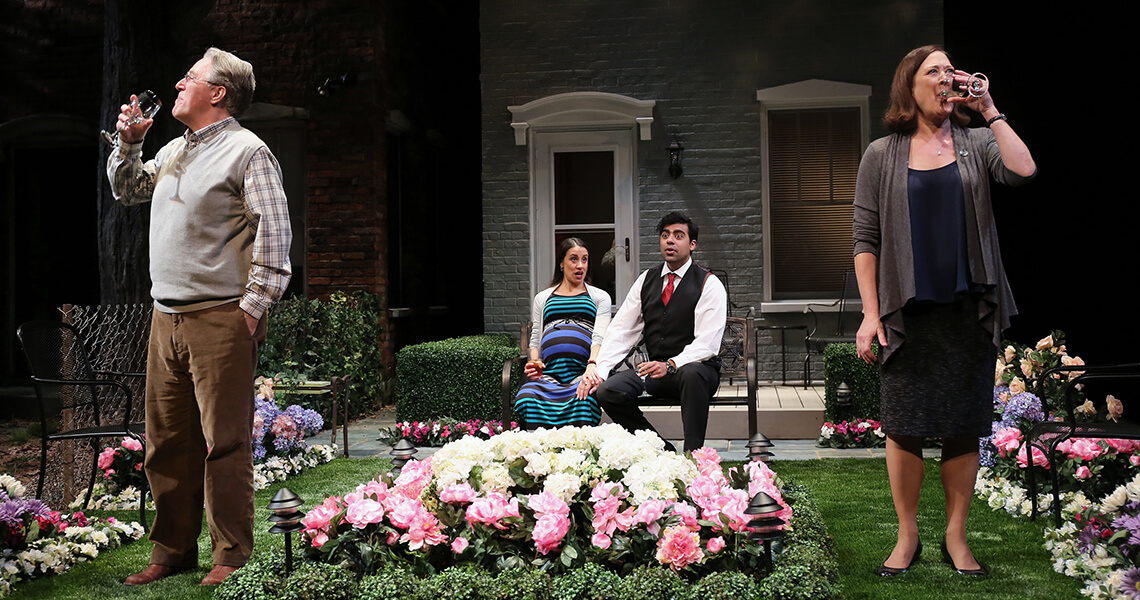Nestled on a hill and commanding a superb view of downtown Cincinnati, Cincinnati Playhouse in the Park has been offering audiences the finest in professional theatre for more than 60 years. Nationally known for its excellence and commitment to new works and as an artistic home for America’s best actors, directors and designers, the Playhouse always keeps its primary role at center stage – to serve the Tristate by producing the finest in classic and contemporary works: musicals, dramas, comedies and recent hits. Simply put, the Playhouse strives to celebrate the live theatrical experience in superlative fashion, in a setting that is second to none.
As the Playhouse ended its first decade, it already was catching notice for its caliber of production and its belief that theatre can be innovative as well as entertaining. In the late 1960s, the National Theatre of the Deaf, the Barbwire Theatre, and Judith Malina and Julian Beck's Living Theatre all came to the Playhouse. In 1970, the Playhouse mounted a pioneering production of Shaw's Pygmalion, acclaimed for its use of non-traditional casting. In 1973, Harold Scott joined the Playhouse as the first African American artistic director in the history of American regional theatre.
As the Playhouse ended its first decade, it already was catching notice for its caliber of production and its belief that theatre can be innovative as well as entertaining. In the late 1960s, the National Theatre of the Deaf, the Barbwire Theatre, and Judith Malina and Julian Beck's Living Theatre all came to the Playhouse. In 1970, the Playhouse mounted a pioneering production of Shaw's Pygmalion, acclaimed for its use of non-traditional casting. In 1973, Harold Scott joined the Playhouse as the first African American artistic director in the history of American regional theatre.

“When you have
the resources to invest in new playwrights and new stories – and we do –
then doing productions like this becomes your responsibility to the art
form.” Read about our commissions and the Jerome Fey Endowment for New
Plays.
Leave a Comment
Comments